Introduction to Semi-Trailers
In the vast landscape of freight logistics, semi-trailers play a pivotal role. These formidable vehicles, designed to transport goods across extensive distances, are critical for industries ranging from agriculture to manufacturing. The fundamental question that arises in the logistics and transportation sectors is: How much can a semi-trailer hold? Understanding the capacity of a semi-trailer is indispensable for optimizing load management, ensuring safety, and maximizing profitability. In this article, we will delve deep into the various facets of semi-trailer capacities, presenting insights that will not only inform but also facilitate effective decision-making for manufacturers, logistics companies, and freight managers.
Types of Semi-Trailers and Their Capacities
To comprehend the load capacities of semi-trailers, it is vital to understand that various types exist, tailored for specific cargo needs. Below, we will dissect some common types, their standard load capacities, and the factors influencing these measures.
| Type of Semi-Trailer | Typical Dimensions | Maximum Payload Capacity | Common Uses |
|---|---|---|---|
| Flatbed Semi-Trailer | 48’ – 53’ long, 8’ wide | 48,000 – 50,000 lbs | Construction materials, heavy machinery |
| Dry Van Semi-Trailer | 48’ – 53’ long, 8’ wide | 45,000 – 47,000 lbs | General cargo, packaged goods |
| Reefer (Refrigerated) Trailer | 48’ – 53’ long, 8’ wide | 42,000 – 45,000 lbs | Perishable food items, pharmaceuticals |
| Tanker Trailer | 40’ – 53’ long | 40,000 – 45,000 lbs (liquid) | Chemicals, fuels, beverages |
| Lowboy Semi-Trailer | 40’ – 60’ long | 25,000 – 40,000 lbs | Heavy equipment, oversized loads |
Flatbed Semi-Trailers
Flatbeds are incredibly versatile, allowing for easy loading and unloading from any side. They typically range from 48 to 53 feet in length and can transport heavy machinery, construction materials, or lumber. With a maximum payload capacity of 48,000 to 50,000 pounds, flatbeds provide crucial flexibility for loading oversized or irregularly shaped cargo.
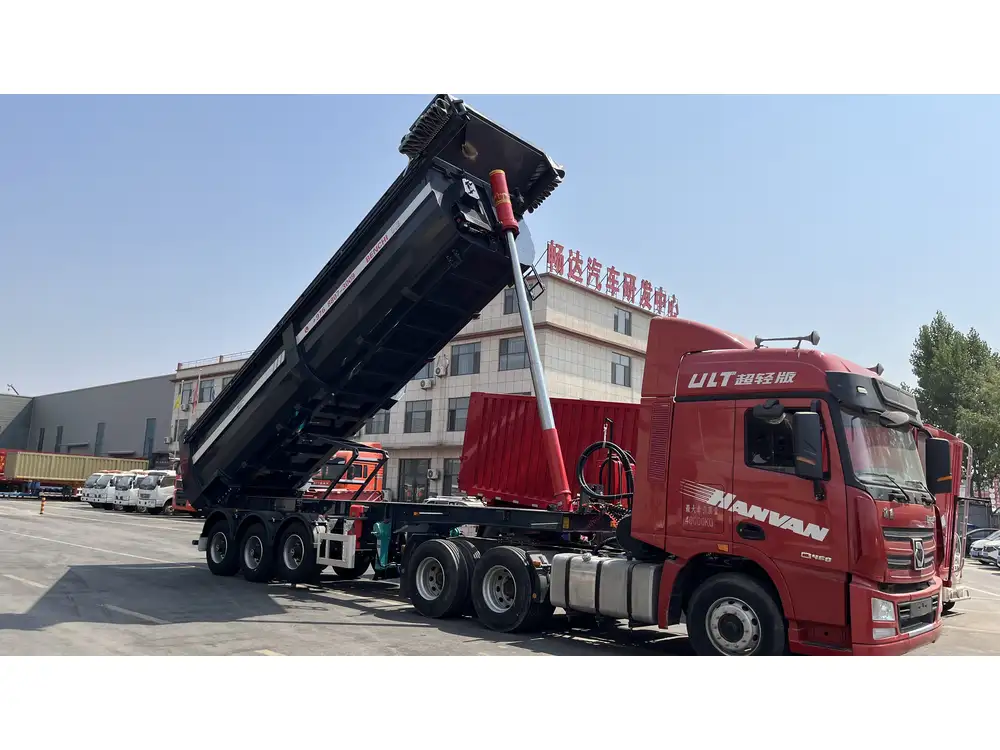
Dry Van Semi-Trailers
The dry van semi-trailer is the most common for general cargo transport. With the same dimensions as a flatbed but designed with walls and a roof, it offers protection from the elements. Its capacity typically ranges between 45,000 to 47,000 pounds, making it ideal for transporting groceries or manufactured goods.
Reefer Trailers
Reefer trailers, equipped with temperature-controlled capabilities, are essential for transporting perishable goods. While their payload capacity is slightly lower than that of dry vans, typically around 42,000 to 45,000 pounds, they ensure that sensitive cargo remains at specific temperatures during transit.
Tanker Trailers
Used primarily for transporting liquids, tanker trailers come in various configurations. Depending on the liquid being transported—such as fuel, chemicals, or dairy products—the typical payload ranges from 40,000 to 45,000 pounds. Understanding the peculiarities of tankers—from insulation requirements to fluid dynamics—is crucial for safety and efficiency.
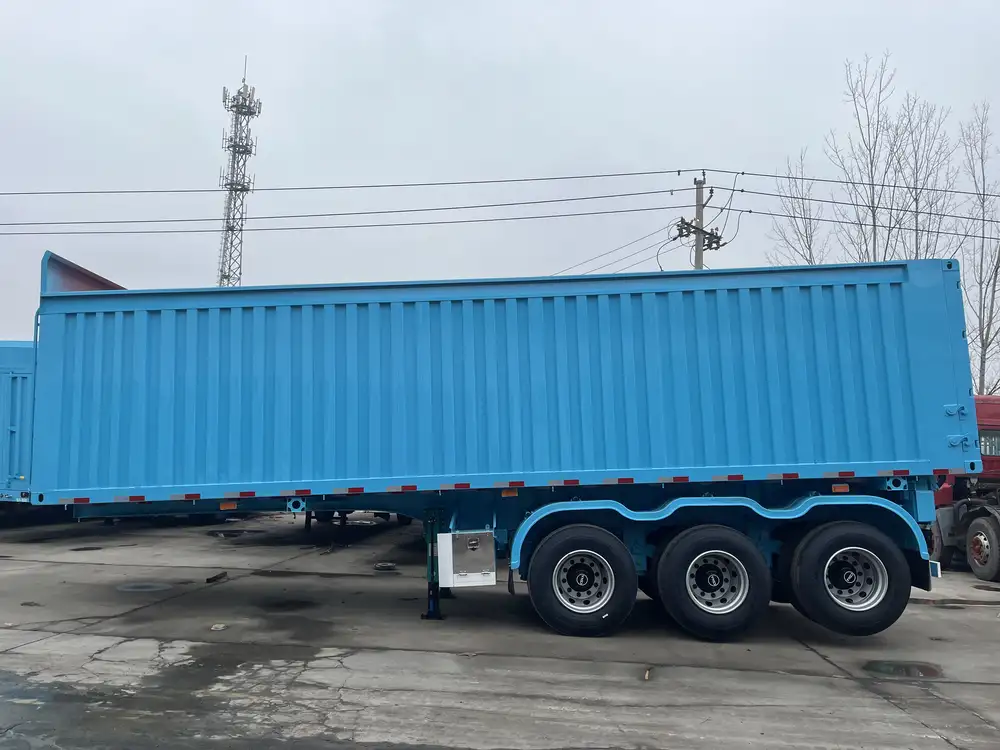
Lowboy Semi-Trailers
Lowboys are specifically designed for transporting heavy equipment and oversized loads. Their lower deck height allows for the transport of tall machinery that may exceed standard height limits. Although their payload is limited to about 25,000 to 40,000 pounds, their unique design plays a vital role in the construction and industrial sectors.
Factors Affecting Load Capacity
When determining how much a semi-trailer can hold, several factors come into play that can significantly influence its load capacity. Here are the key considerations:
1. Trailer Type
As previously discussed, the type of semi-trailer greatly impacts its load capacity. Specific designs cater to various cargo types, therefore contributing to how much can actually be loaded.
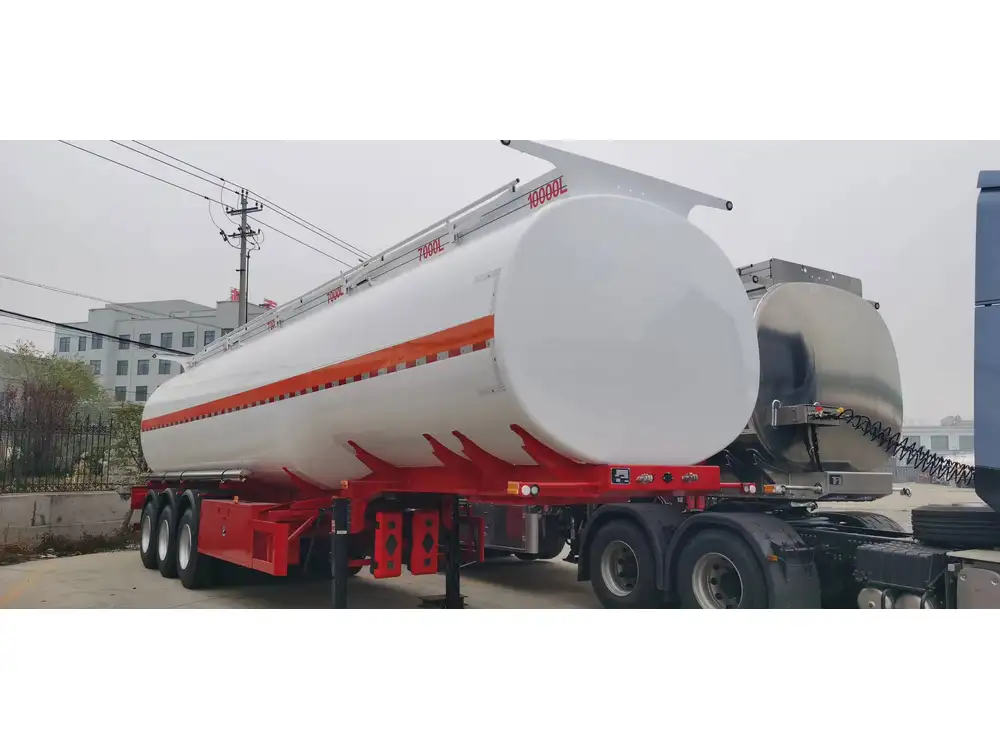
2. Weight Regulations
Each state in the U.S. has defined weight regulations that govern how heavy a semi-trailer can be when fully loaded. Typically, the maximum gross weight is 80,000 pounds for a standard semi-truck combination. Exceeding this limit can result in hefty fines and legal repercussions.
3. Axle Configuration
The configuration of axles on a semi-trailer can significantly affect load capacity. More axles typically mean greater weight distribution, allowing for a higher payload without violating weight limits.
4. Material and Construction Quality
The materials used in the construction of a semi-trailer—ranging from aluminum to heavier steel—can also dictate its load capacity. A sturdier trailer may handle heavier loads more effectively than one constructed with lighter materials.

5. Load Configuration
The way cargo is loaded onto the semi-trailer can impact balance and weight distribution, directly affecting its overall capacity. Proper loading techniques, including securing and centering loads, are paramount.
6. Vehicle and Engine Performance
A semi-trailer is only as effective as the truck that tows it. The power and performance specifications of the towing vehicle influence how much weight can be safely transported.
Calculating Load Capacity
To accurately calculate how much a semi-trailer can hold, one must consider the Gross Vehicle Weight Rating (GVWR), the weight of the truck (TARE weight), and the weight of the cargo. The simplified formula is:
Maximum Payload Capacity = GVWR – TARE Weight
For instance, if a semi-trailer has a GVWR of 80,000 pounds and the truck itself weighs 20,000 pounds (TARE weight), the maximum payload capacity calculates to:
80,000 lbs (GVWR) – 20,000 lbs (TARE) = 60,000 lbs (Maximum Payload Capacity)
This calculation is essential for logistics firms and freight operators as it ensures safety and compliance with legal weight limits.
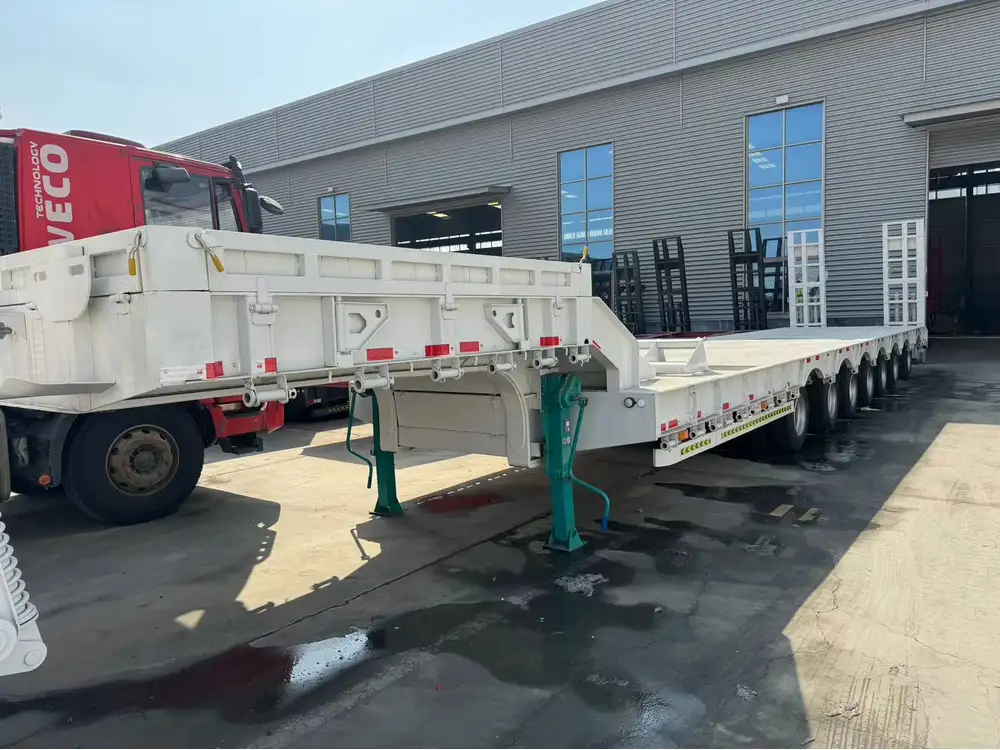
Importance of Load Management
Understanding how much a semi-trailer can carry is critical not only for regulatory compliance but also for operational efficiency. Here are some reasons why effective load management is paramount:
1. Cost Efficiency
Optimizing load capacity can significantly reduce transportation costs. A fully loaded trailer means more product transported per trip, cutting down the freight cost per unit.
2. Safety Standards
Overloading a semi-trailer is not only illegal but hazardous. It can lead to tire blowouts, brake failures, and accidents, ultimately endangering lives and goods.
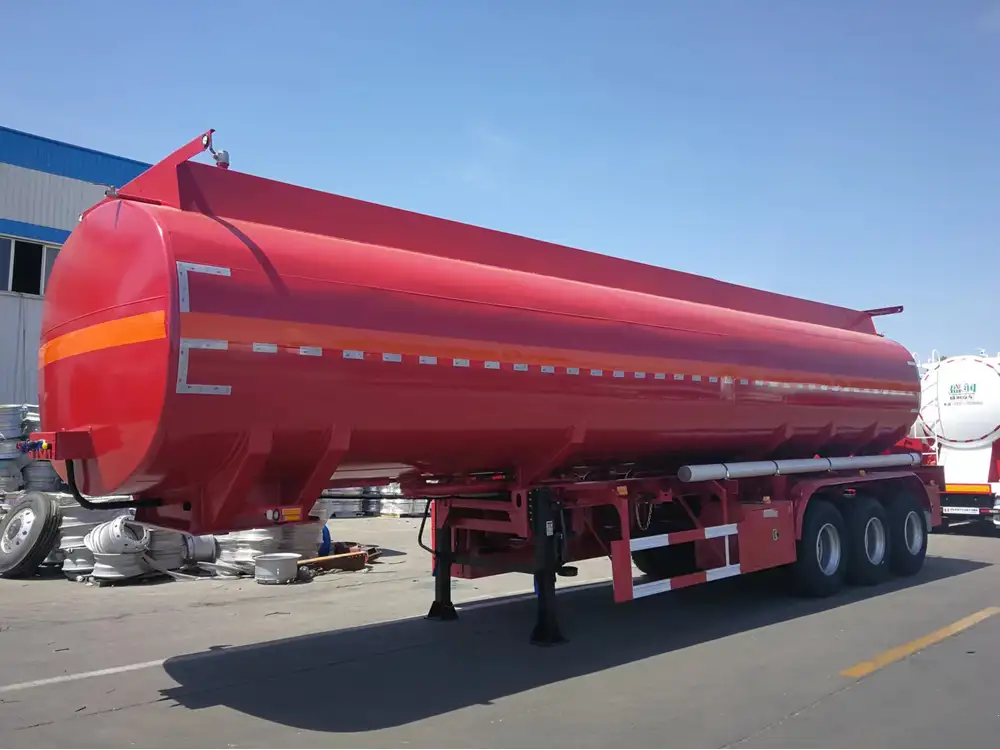
3. Fuel Efficiency
Aerodynamics and weight directly affect fuel consumption. A well-managed load can lead to better fuel economy, translating into substantial savings.
4. Environmental Impact
By maximizing load efficiency, companies can reduce the number of trips required, thereby decreasing overall carbon emissions associated with transportation.
5. Customer Satisfaction
Timely and efficient delivery is crucial for customer satisfaction. Understanding and optimizing semi-trailer load capacities can ensure timely shipments and reliable service.
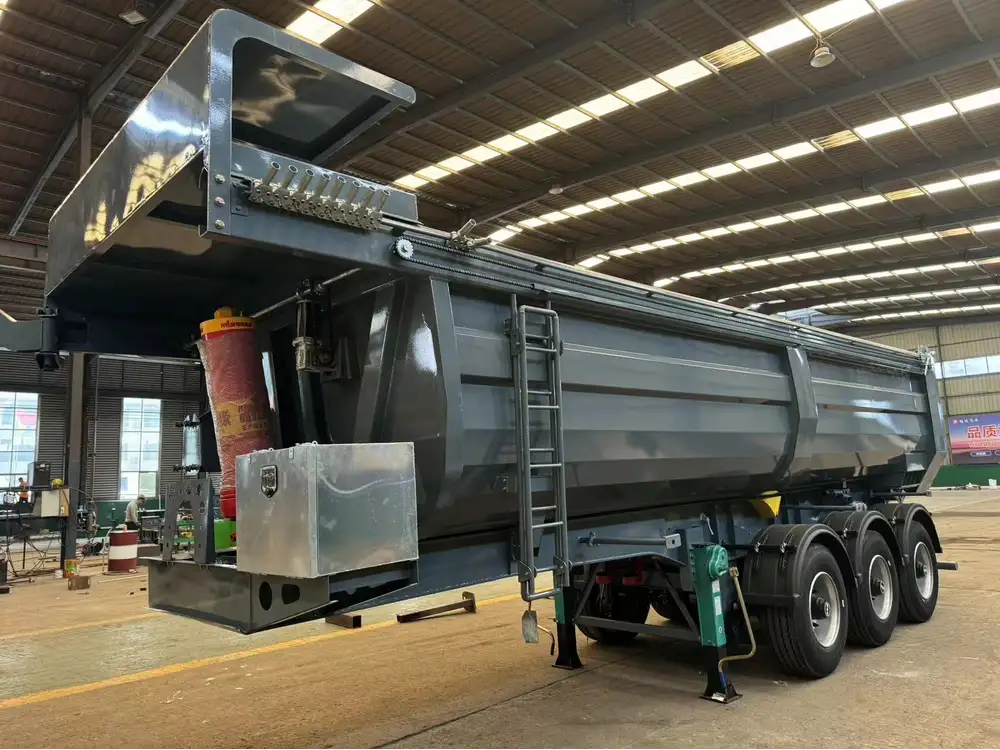
Tips for Optimizing Semi-Trailer Load Capacity
Enhancing the use of semi-trailers can foster increased profitability and operational efficiency. Here are several actionable tips for manufacturers and logistics companies:
1. Regularly Monitor and Calculate Loads
Consistently monitor the weight of loads before transport to ensure compliance with legal limits and improve safety. Utilize weight distribution scales at loading docks to manage this efficiently.
2. Invest in Training
Training drivers and loaders on proper weight distribution techniques and cargo securing methods is essential to maximize safety and efficiency in transport.
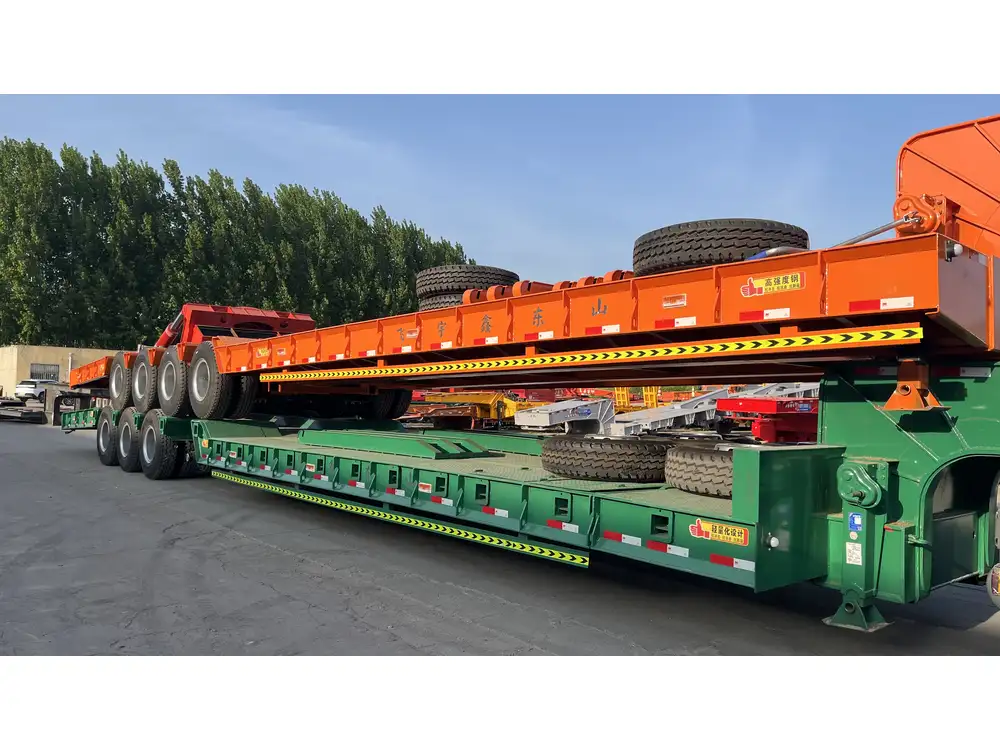
3. Implement Load Specificity
Utilize semi-trailer types that best suit the cargo being transported. For example, a reefer trailer for perishables or a flatbed for oversized construction materials can lead to more effective logistics.
4. Utilize Load Optimization Software
Modern technologies, including load optimization software, can assist in planning loads efficiently. These tools can offer insights into weight distribution, cargo securing, and limit adherence.
5. Maintain Equipment
Regular maintenance of semi-trailers is crucial to ensure they can safely handle maximum load capacities. Inspect tires, brakes, and trailer frames frequently to avoid breakdowns and costly repairs.
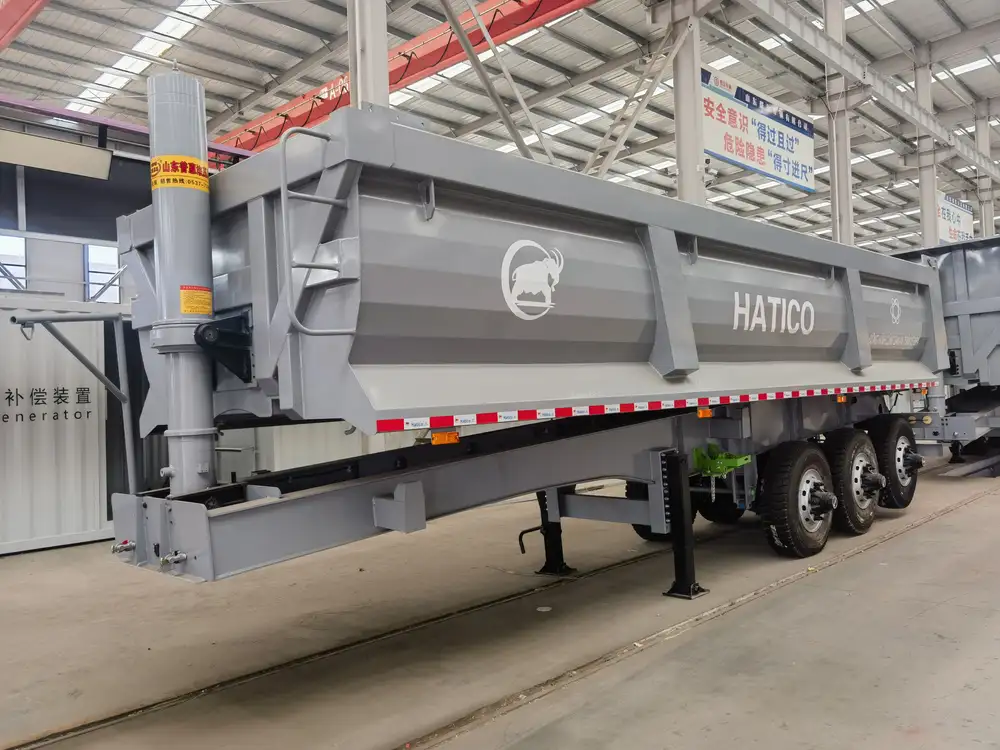
Conclusion
Understanding the capacity of semi-trailers is more than simply knowing how many pounds they can carry; it encapsulates effective fleet management, adherence to regulations, and the optimization of resources. By recognizing the different types of semi-trailers, analyzing factors affecting load capacities, and implementing effective load management practices, operators can enhance their overall operational efficiency while ensuring safety and satisfaction within the logistics industry. Whether you are a manufacturer or a freight logistics operator, knowing how much a semi-trailer can hold is fundamental to thriving in this competitive market.



